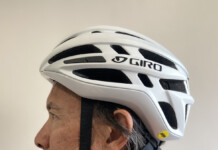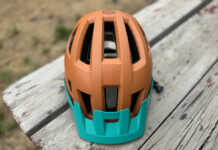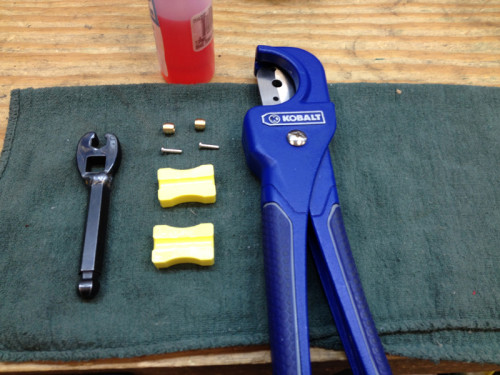
By Tom Jow
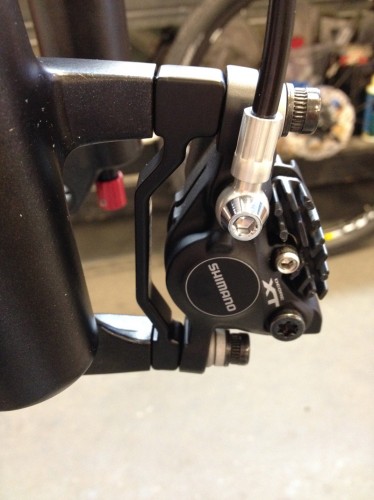
My friends often call me with bicycle questions. Last month a friend of mine called me for a consultation about his failing disc brakes. “ They just don’t stop that well any more”, he started, “and I test rode a new bike. Those brakes were so much better”. I agreed with him since I have the same brakes on one of my bikes; I know how old they are. “Well”, I replied, “you have three options: have them repaired, purchase new ones, or purchase a new bike”. I’ll just cut to the chase here, get new brakes. There is much more value than having the old brakes repaired and they are a lot less costly than purchasing a new bike. Now that we’re getting new brakes, what brand, model, size should we purchase? Well, I’m not here to sell you a brand, but let’s look at what makes newer brakes better than the old ones. In addition, I’ll give a brief explanation on how to install new brakes on your bike.
The biggest improvements in bicycle disc brakes are master cylinder design and caliper piston size. The master cylinder is housed as part of the brake lever. Older models have an independent reservoir and piston system that is not as efficient or powerful as the in-line reservoir and piston of today. The adjustments for lever reach and lever throw are also easier to access. Other components of the brake system have also seen improvements. Brake lines are stronger to transfer fluid pressure to the calipers. The brake calipers, the housing for the brake pads and pistons, have larger pistons than years ago. This allows more pressure to be applied to the pads with the same input pressure. Downhill specific models use quad piston calipers (two pistons per brake pad) which have even more power.
In order to take full advantage of the disc brake systems, the correct size rotor needs to be used. For the longest time, the standard size rotors for mountain bikes were 160 millimeters front and rear. As more riders began using disc brakes, especially downhill racers, larger sizes became available. First 180 millimeters, then 200 millimeters. Bigger is better. Why? First, the larger diameter provides more leverage against the rolling wheel. Second, larger rotors control heat better than smaller ones. The larger rotor has more
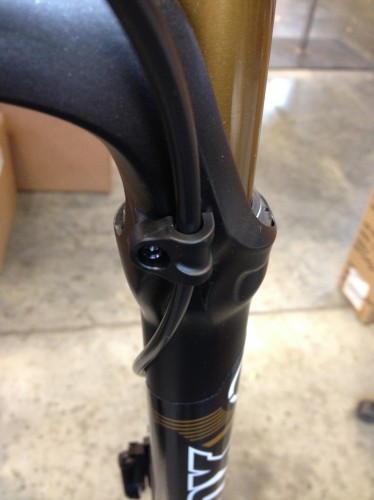
material to both absorb and dissipate that heat. Braking generates a lot of heat and when the brake pads and rotors become overheated they lose their effectiveness.
That’s the basics of disc brake systems. If it sounds pretty simple, that’s because it is. In fact, the easiest way to increase braking power is to just increase the rotor size. Remember to replace the pads with new rotors and make sure to get the proper brake mount adapters as well.
Installing New Disc Brakes is Easier Than You Think
1. Remove wheels. Remove old rotors and install new rotors. If one is larger, it goes on the front wheel. Be sure to install in the correct direction. Tighten bolts to 6 newton-meters.
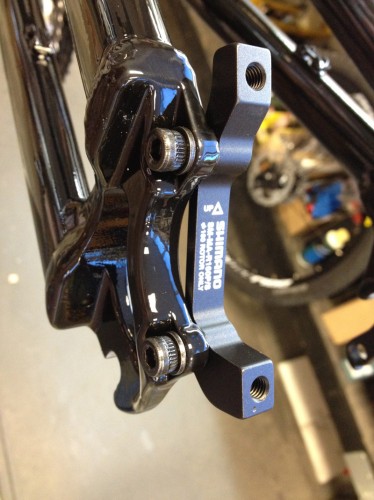
2. Remove handle grips. Disconnect all brake lines from cable guides. Cut cable ties as necessary. Remove the front brake.
3. Unbolt the rear caliper. If necessary, remove the brake line from the lever in order to thread it out of the frame. Remove the old rear brake lever.
4. Install the front brake. When using an IS (international standard) brake mount, install it on the fork first. Tighten bolts to 7 newton-meters. Slide the lever on the bar and tighten. Install the caliper on the fork, if using a post mount adapter, it fits between the caliper and fork. Remember to run the brake line inside the fork leg.
5. Clamp the brake line in the cable guide. Install the front wheel and align the caliper. Tighten bolts to 7 newton-meters.
6. Install the rear brake following step 4 and 5. run the brake line inside the seat-stay but do not fasten it anywhere else yet if it needs to be routed inside suspension components.
7. Cut the front brake line. Using an 8mm open end wrench, remove the brake line from the lever. Try to keep the line vertical. Cut the line to length. Slide a new olive on the line and install a new barb. Insert the line into the lever until is stops, slide olive and nut into place; tighten nut to approximately 5 newton-meters.
8. Remove the rear brake line from the lever. Thread it through any suspension components and cable guides. Install and tighten any cable ties. Cut the line and complete as in step 7.
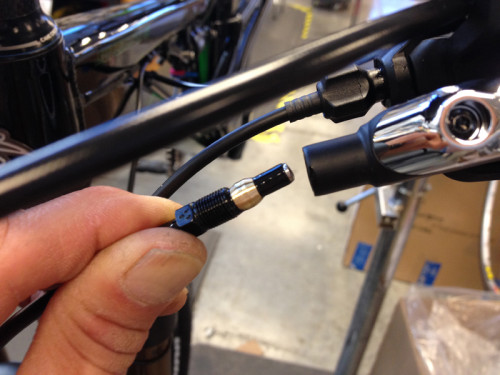
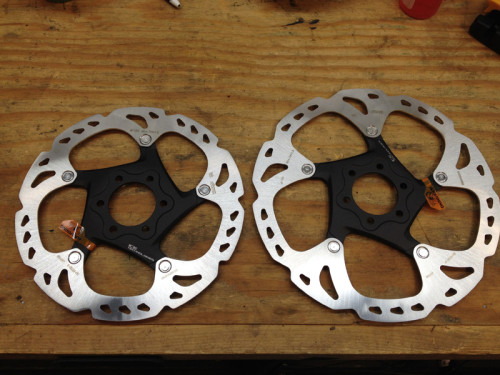
9. c
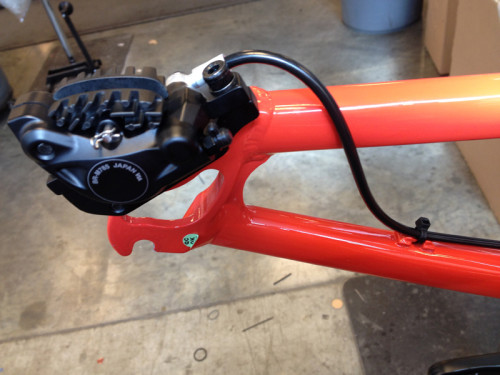
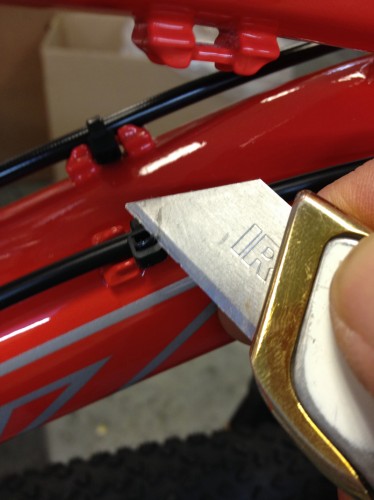
lean up with isopropyl alcohol. Clean rotors with alcohol.
10. Test brakes. Most brakes do not need additional bleeding at this point. Follow manufacturers recommendation for brake burn-in procedure.
Got a bike question? Email Tom at 1tomjow@gmail.com.

